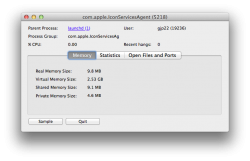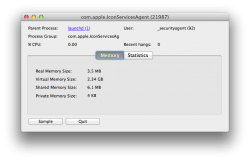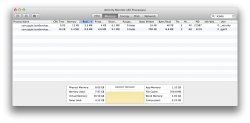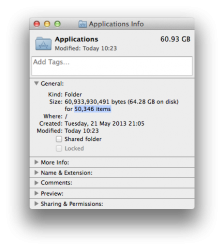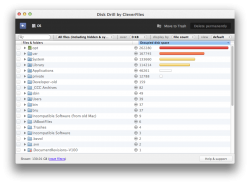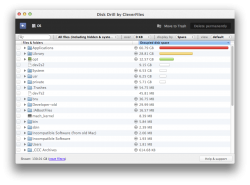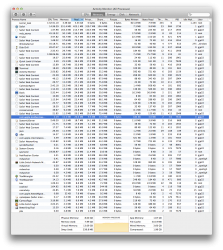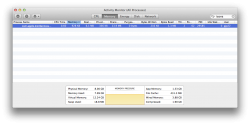Now I'm tired of this process, it spits out errors all the time in Console and it uses a lot of ram (1GB) all the time. It has done this for a few months.
These are the console errors that constantly pop up in the console.
Code:
2014-07-11 15:02:42,820 com.apple.IconServicesAgent[226]: main Failed to composit image for binding VariantBinding [0x5db] flags: 0x8 binding: FileInfoBinding [0x173] - extension: eps, UTI: com.adobe.encapsulated-postscript, fileType: ????.
Code:
2014-07-11 14:59:02,137 com.apple.IconServicesAgent[226]: Icon filename entry missing from bundle info dictionary for bundle at URL: file:///System/Library/StagedFrameworks/Safari/WebKit.framework/Versions/A/XPCServices/com.apple.WebKit.Networking.xpc/These are the console errors that constantly pop up in the console.


